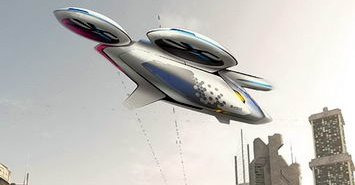FOR AIRBUS IS THE HOUR OF FLYING TAXI

The vehicles, similar to small helicopters, would be initially drove by a pilot but in future they will be provided of technology for automatic and self- flight. The challenge is to create a system that allows security and overcome regulatory obstacles. For Airbus is the hour of flying taxi. How to solve long waits and traffic stress, causing growing problems of those living and working in the city? With flying taxi. This is Airbus idea. The European aerospace giant aims to conduct the first test flight of its prototype vehicle, called CityAirbus, by 2017. The big Silicon Valley companies have not yet found high-tech solutions for the traffic issue. That, however, according to forecasts, is bound to have an increasing impact, given the intensification of urbanization. By 2030, over 60% of people will live in cities, with an increase of 10% of the urban population. Especially commuters and residents of megacities will suffer the consequences of this increase as happened in the Brazilian metropolis of São Paulo, which has broken all records in 2014 with 344 Km traffic at rush hour. The answer comes from the sky, say the Airbus experts because there are both the conditions and the technologies to create flying taxi. The project is feasible and "in less than 10 years – according to Rodin Lyasoff, head of a team for the A3 innovation, an Airbus company based in Silicon Valley – we will have on the market products that will revolutionize urban travel for millions of people". As the drones, which CityAirbus is also inspired in design, we can see flying taxi fleet that will transport passengers. A CityAirbus will also be called and requested by a user via mobile phone. "In the not too distant future, we will use smartphones to book a taxi flying without a pilot, which will be picked up at home." Word of Thomas Enders, CEO of Airbus Group.
